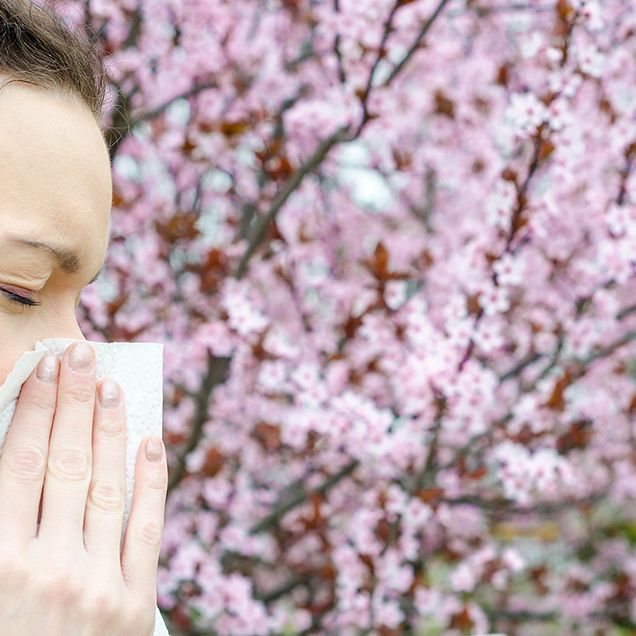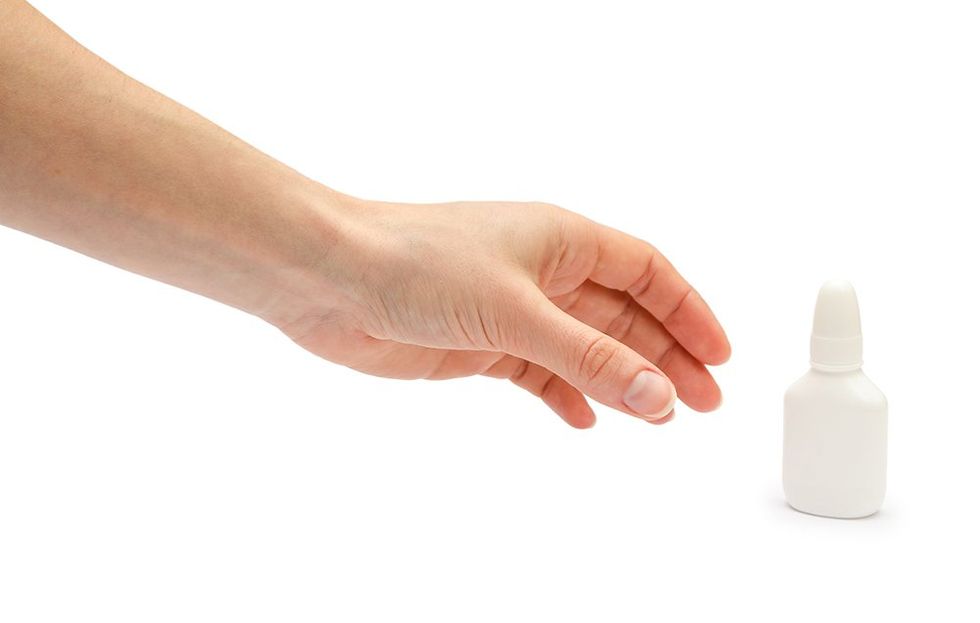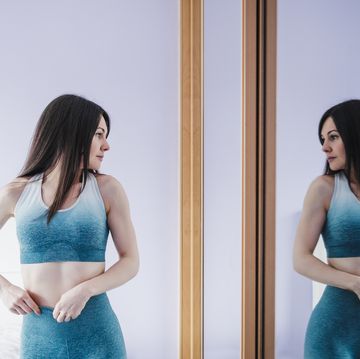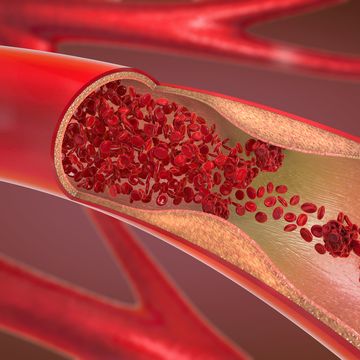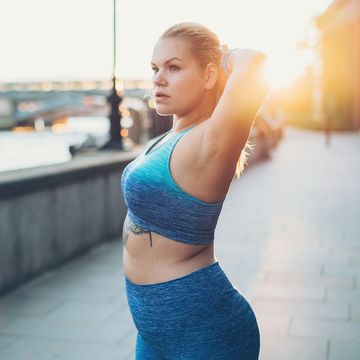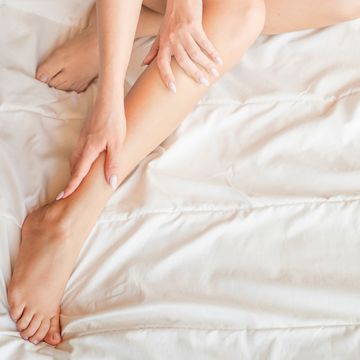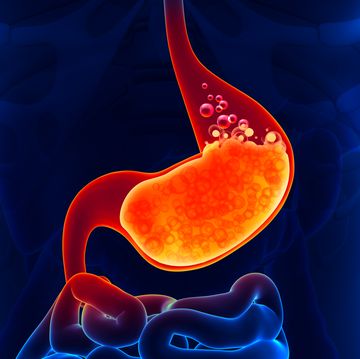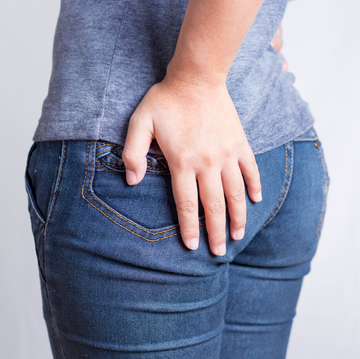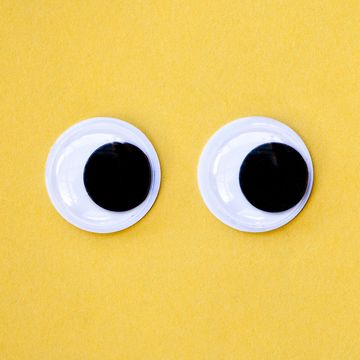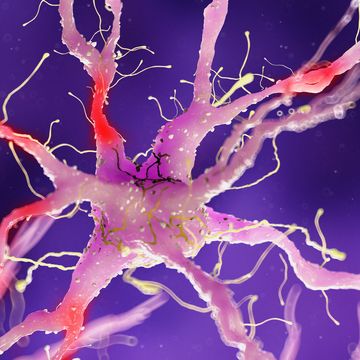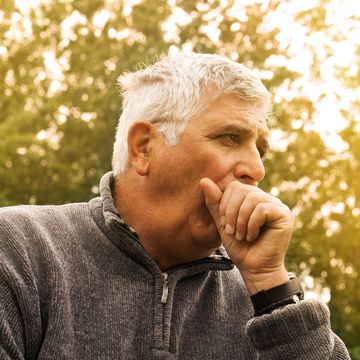Every spring, I turn into a walking sneeze. While others are gleefully working in their gardens or traveling to see cherry blossoms in the park, I'm holed up with box (or 10) of Kleenex, cursing the ragweed, cedar, and tree pollen that are suddenly so prevalent near my home in California.
I'm not alone. According to a report from the World Health Organization (WHO), 10 to 30% of people across the globe have allergic rhinitis, also known as hay fever. Not everyone with it suffers equally, but I've had a bad case since childhood. In high school I went to an allergist who—after pricking my back with a needle about 50 times—confirmed that I'm allergic to pretty much anything that blooms in the spring.
This year, after a long drought, we had more rain in California than we've seen in a while. It was wonderful for the drought, but I knew that all the water meant that the plants that bugged me would soon be thriving. In other words, I was in for months of misery.
Prevention Premium: From Sex To Snacking, The Absolute Best Time Of Day To Do Everything
In the past, I'd tried just about everything to ease my discomfort: Benadryl, Zyrtec, Claritin, nasal sprays, humidifiers, face steaming, allergy shots. Some of it helped, but at a cost. The medications made me sleepy or jittery, and allergy shots were a literal pain (not to mention a pain to keep up with, since I needed to return to the doctor's office frequently).
I wondered if there was a better way, and I'd been hearing more and more about the wonders of sinus rinsing. In particular, I was intrigued by one study that found allergy patients who used nasal irrigation instead of medication had fewer symptoms and an overall better quality of life. (Here are 4 reasons your allergies are getting worse.)
I'd used neti pots and washes before, but always sporadically and usually only when ragweed and other pollen had already ravaged my sinuses. So this year, I decided to try a little experiment. Instead of popping pills, I would use a sinus wash several times a week—maybe even every day if I was feeling ambitious—and try to combat my allergies and related sinus problems simply by flushing the irritants away.
Week 1
The Centers for Disease Control (CDC) says that 19.1 adults have been diagnosed with hay fever in the last 12 months. As I grab my plastic sinus wash bottle, I wonder how many of them have cured themselves by squeezing saline and water up their nostrils. Trees are just starting to bloom in my neighborhood, so while my allergy symptoms haven’t hit me, I know they're coming soon.
I use the rinse three times, opting for a simple plastic squeeze bottle and packets of a powdery saline mixture that you mix with water. (A neti pot is another option, and you can make your own saline solution by mixing 2-3 teaspoons of iodine free salt and ¼-½ teaspoon of baking soda with about a liter of water.) So far, nary a sneeze.
Week 2
And so it begins. My eyes get dry and itchy and my throat starts itching, which for me is always the first sign that things are about to get rough. I stick with the store-bought packets (call me lazy) and use them four days in a row.
I learn that saline irrigation can help clear mucus and that it can also help reduce inflammation, and I hope that's true. I start sneezing here and there, but my symptoms don’t morph into the horrible sinus headache and infection that strikes me every year, so I consider that a win for the week.
Week 3
I travel to Palm Springs for the weekend and forget to pack my saline bottle and packets, so I stop at a CVS to pick up new supplies. While perusing the choices on the shelf, I read that using tap water is a bad idea (oops), so I get some distilled water as well.
MORE: 4 Signs You Have A Food Allergy Other Than Breaking Out In Hives
With a clean bottle and clean water in hand I'm feeling confident, but on my second day in the desert my allergies erupt and threaten to turn into a dreaded sinus infection. I use the wash twice that day and spend the night dreading the infection to come—but by the next morning I’m feeling a little better. Not 100%, but better. I was definitely tempted to take some Zyrtec or Claritin, but I toughed it out and stuck with the sinus wash. After one day and night of severe itching and sneezing and a mild headache, I'm surprised to realize that I'm more or less OK. Given my history, that's a minor miracle.
Week 4
The final week of my test period I use the saline wash four times. I’m not immune to some floating pollen or a blooming jacaranda, and whenever I go outside to garden or weed I come back in sneezing and red-eyed. But I use the wash, take a shower, and the symptoms fade in an hour or so. I feel like I might actually have this under control.
Conclusion
I didn't find a magical cure, but the fact that I didn't come down with a sinus infection as I had in years past is impressive. Was it just luck? It's hard to say, but I'm pretty sure that the sinus wash made a difference. I haven't sworn off meds completely—I bet I'll pop a Zyrtec or Benadryl on occasion—but for my daily go-to protection I'll definitely keep that plastic bottle and those little saline packets handy.
Dina Gachman is a Pulitzer Center grantee and her most recent book is So Sorry For Your Loss: How I Learned To Live With Grief, and Other Grave Concerns.
